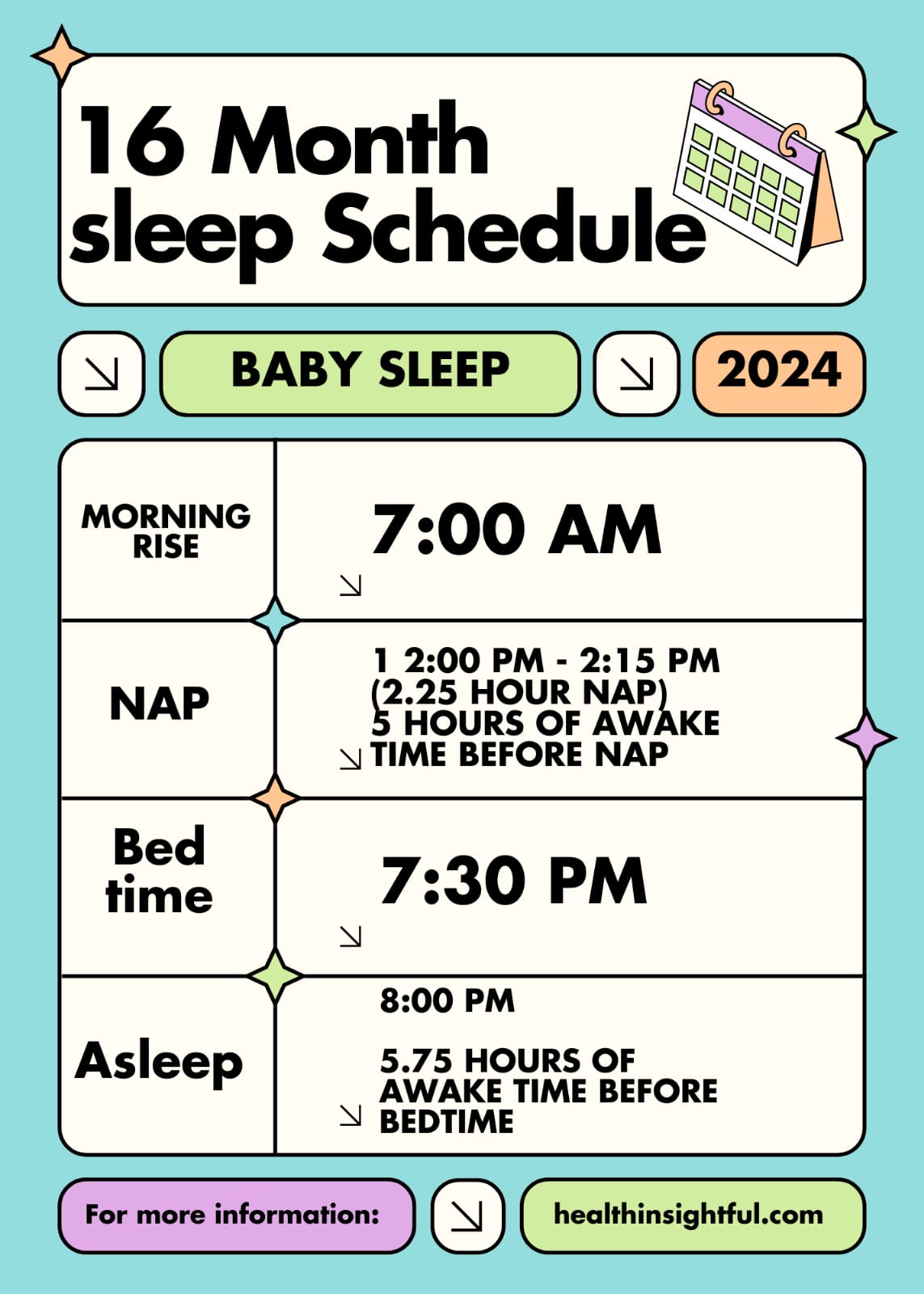One of the biggest challenges a parent may have to face is related to sleep management of their children. Millions of parents all over the world walk around for months or even years with hardly any rest, and pass many restless nights wondering if there is an easier way to get some rest-sleep training. Now it is time to learn in more detail about sleep training and, with the help of this article, whether it’s something your family needs. We will go through what sleep training is, some of the benefits and possible drawbacks, and give some tips on how to do effective sleep training.
What is Sleep Training?
Sleep training involves teaching a baby to fall asleep independently and to sleep through the night. It commonly includes a bedtime routine and letting a baby self-soothe themselves to sleep. There are many different ways to sleep train, from the “cry it out” method to more gradual approaches.
1. The Benefits of Sleep Training
Better Sleep for the Whole Family
Perhaps the most apparent yet crucial sleep training benefit is better sleep for everyone in the house. Once the baby learns to sleep right through the night, then the sleeping parents tend to sleep more, and improved well-being follows.
Encourages Sleeping Independently
It puts babies to sleep independently, free from relying on parents to rock, feed, or soothe them before they go to sleep. The baby may sleep more soundly and therefore not wake up frequently and disturb the sleeping pattern of the parents.
Consistency and Routine
This will help in designing a sleep training routine with your baby in consideration. This, in turn, would help regulate your baby’s sleeping pattern and thus may make their naps and nighttime sleep more predictable.
Less Frequent Nocturnal Awakenings
The frequency of nocturnal awakening is lower in sleep trained infants. The reason being, the babies have learnt the art of self-soothing. This means, parents will find a dramatic decrease in the frequent night time wakings they are normally used to.
2. Disadvantages of Sleep Training
Emotional Distress
The biggest complaint about sleep training of all: it puts tremendous emotional stress on the baby and the parents. The sound of your baby’s cry can be so disturbing and traumatizing; some parents even claim the process may affect their baby’s emotional development.
Inconsistent Results
Sleep training might not work for every baby, and ongoing sleep training may not enable many babies to sleep through the night, which creates much frustration in their parents’ minds.
Possible Impact of Impaired Bonding
Some parents may be apprehensive about sleep training because they may think it will impact the bonding with their babies. If a baby has to cry continuously for hours, parents may feel a little guilty or concerned it may affect their relationship.
Cultural and Philosophical Differences
However, not everyone shares this view. Co-sleeping and responsive parenting are highly valued in most cultures, which is in great contrast to valuing sleep training. The second factor that parents must take into consideration is their own views and feelings about sleep training.
3. Different Methods of Sleep Training

Once you have determined that it is time for sleep training to begin, based on what works for your family, you will want to find a method you’re comfortable with that will best suit your parenting style. Here are some popular options for methods of sleep training:*
Cry It Out (CIO) Method
The Cry It Out approach means that you let your baby cry for a certain fixed time period before attending to him. With every passing time, the period for which the baby is left to cry increases. The baby is expected to learn the skill of sleeping himself.
Ferber Method
The Ferber Method, also referred to as graduated extinction, is the more middle-of-the-road approach in contrast to the Cry It Out method. The parents allow the baby to cry for small, predetermined intervals before comforting them. These small periods are gradually extended each night.
Chair Method
The Chair Method: Your baby falls asleep in his crib with you sitting beside it in a chair. Then, every successive night, your chair gets farther and farther away from your baby until he learns to fall asleep independently. In this method too, the presence of the parents is ensured; however, gradually, the involvement of the parents in the sleep of the baby is reduced.
No Tears Method
The No Tears Method: This involves a ‘gently’ laid baby to sleep with minimal chances for crying. In most cases, this will, no doubt, involve a number of techniques necessary in order to keep the baby sleeping, for instance, rocking, patting, or singing. Like all methods, it does require a lot of patience and consistency. For many parents, this can be a good way of dealing with their baby and achieving successful night sleeping while using a much more gentle method.
Pick Up/Put Down Method
This is where parents will lift the babies the moment they cry and lay them down the moment they stop. The intention is to soothe the baby; however, not at the extent that the baby may get used to sleeping being carried. Perhaps with time, the baby could develop some self-soothing skills and fall asleep on their own.
When to Start Sleep Training
The question now would be: When is the best age to start sleep training? Well, it changes with each baby. Most of the experts seem to agree on 4 to 6 months as the period when babies are ready for starting sleep training. At this period, developmentally, babies can sleep for much longer hours at night without having necessarily to disturb others. However, it is equally important to take into consideration your baby’s temperament and the needs of your family before commencing sleep training.
4. Tips to Successful Sleep Training

Establish a Bedtime Routine
A bedtime routine would hint to your baby that it is sleeping time. It can be a bath, a storybook, or even a lullaby. What is important is that it should be relaxing and constant every night.
Create a Sleep-Friendly Environment
Put your baby to sleep in an environment that says to them this is a place for sleeping: a dark quiet room with a comfortable crib or bassinet. White noise machines or blackout curtains are great for creating a sleep-conducive environment.
Be Patient and Consistent
Training takes time, and it’s usually gradual. Consistency is going to be the key, so find a method that works for you and take some time with it. Avoid changing approaches too quickly since this can actually confuse your baby.
Feed Your Baby on Cue
While it is true that sleep training necessarily includes a degree of self-soothing, you have to take your child’s needs into account. If your baby is under the weather, teething, or passing through a leap in their development, then they do need that extra comforting and reassurance.
Consider Your Baby’s Temperament
Every baby is different and, for this reason, a little unique from the other. Watch your cues and adapt accordingly; some babies will take to sleep training right away, while other babies are going to take some more time and a bit more encouragement.
Conclusion: Is Sleep Training Right for Your Baby?
However, whether or not to sleep-train a baby is a very personal question-a function of the needs within a family, parenting style, and temperament. While sleep training may have its advantages in terms of improvement in sleeping ability and the development of independence, this method surely has its disadvantages that need to be weighed against the positive aspects: emotional stress and impacts on bonding.
If you do decide to sleep train, find a method that feels right for you and your values. Be in a patient place with yourself and baby as you learn this new system. Keep in mind, every baby is different and all that truly matters is finding a sleeping solution that will work for your family. In the end, though, whether you sleep train or not, the aim of this matter remains the same-get enough rest for you and your baby to enjoy a healthy, happy life.










